2D Mixer Manufacturer
-
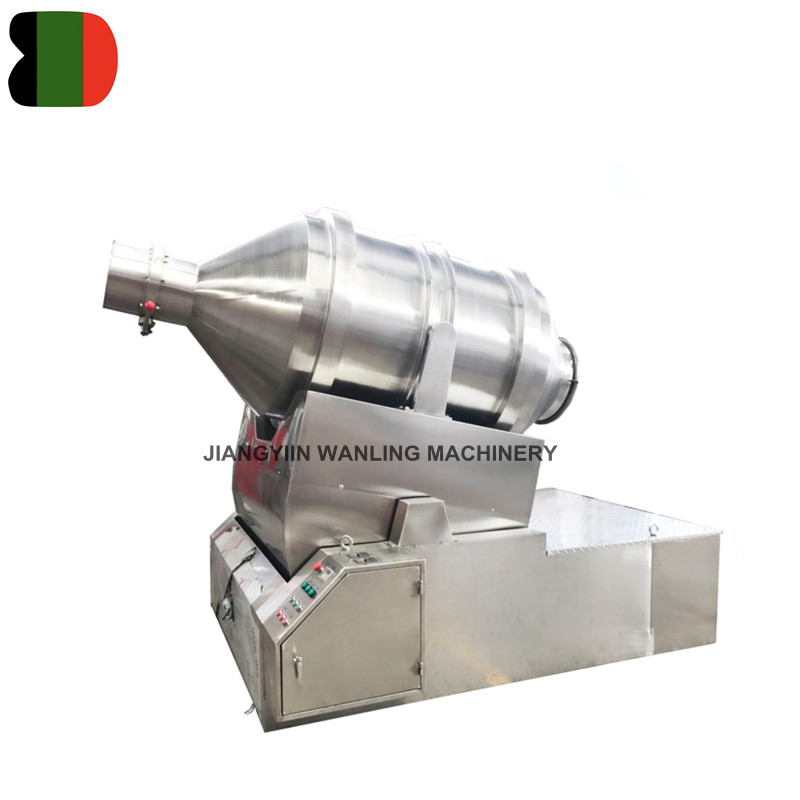
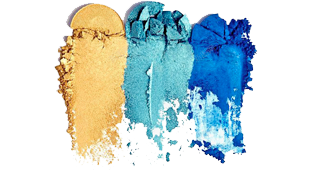
EYH horizontal type fertilizer 2d moving mixer
The drum of 2D mixer machine can simultaneously move in two directions, one for the rotation of the drum, another for drum with the swinging... -
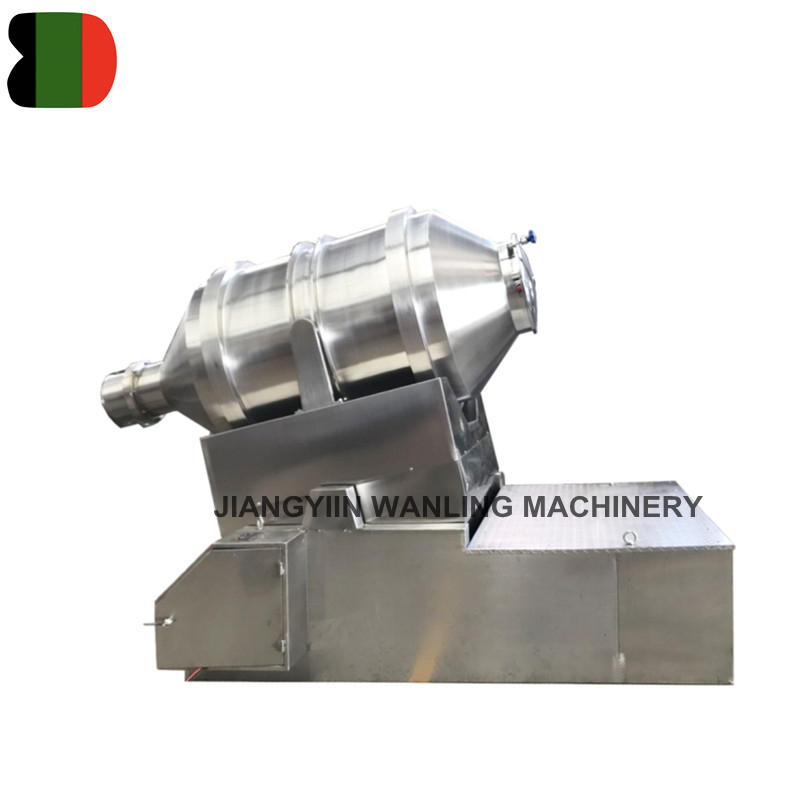
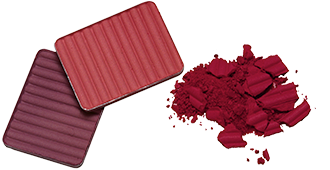
EYH Horizontal Two Dimensional 2d Movement Drum Mixer Blender
Traditional drum mixers rely solely on rotation to achieve material blending. While this method works, it can be slow and may not guarantee ... -


EYH two dimension 2d moving mixer blender machine
The two dimension mixer machine can move in two directions, one for the rotation of the drum, another for drum with the swinging rack. So it...
2D mixer is a mixer that can move in two directions simultaneously with a rotating drum. The two directions of motion are the rotation of the drum, which follows the swing of the swinging frame. The mixed material undergoes a left and right back and forth mixing motion in the rotary drum while rotating, flipping, and mixing with the drum. Under the combined action of these two movements, the material is fully mixed in a short period of time. Widely used for mixing powder and granular materials. It has the characteristics of rapid mixing, large mixing amount, and convenient discharge.

About Us
Honor
-
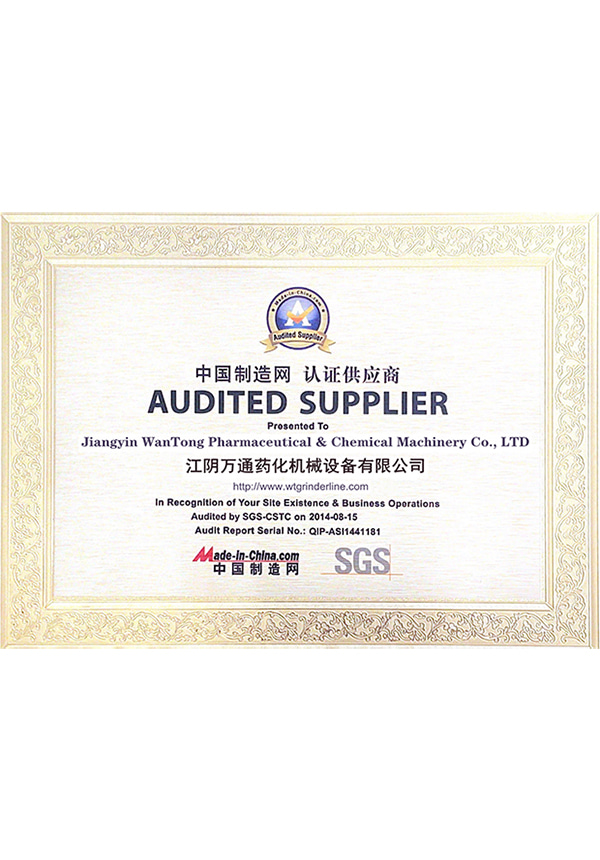 Honor
Honor -
 CE
CE
News
-
Industry News 2025-10-22
1. What a Horizontal Ribbon Mixer Is and Where It’s Used A horizontal ribbon mixer is an industrial ...
View More -
Industry News 2025-10-16
A tray dryer is a batch drying equipment widely used in the pharmaceutical, food, and chemical indus...
View More -
How does a double cone blender compare to ribbon blenders or V-blenders for industrial applications?Industry News 2025-10-09
A double cone blender has distinct advantages and limitations when compared to ribbon blenders and V...
View More -
Industry News 2025-10-01
Electric-Powered Tray Dryers Advantages: Precise and Stable Temperature ControlElectric-powered tr...
View More
Industry Knowledge Expansion
What materials are best suited for mixing in a 2D mixer?
A 2D mixer, also commonly referred to as a double-arm mixer or a Z-arm mixer, is designed to handle a wide range of materials, particularly those that require high viscosity mixing or thorough blending. Here are some materials that are typically well-suited for mixing in a 2D mixer:
Plastics and Rubber: Compounds, melts, and mixtures used in the plastic and rubber industries, including polymers, resins, and additives.
Food Products: Various food items such as dough, batter, and mixtures that require thorough blending to ensure consistency.
Pharmaceuticals: Materials in the pharmaceutical industry, including pastes, ointments, and other medicated mixtures.
Cosmetics: Creams, lotions, and other cosmetic products that require a uniform mix of ingredients.
Chemicals: Chemical compounds, adhesives, sealants, and coatings that need to be mixed to a specific consistency.
Building Materials: Materials like mortar, plaster, and other construction-related mixtures that require a high degree of homogeneity.
Inks and Paints: Pigments, dyes, and binders used in the production of inks and paints that need to be mixed to achieve the right rheology and color consistency.
Batteries: Components for battery manufacturing, such as electrode slurries, which require precise mixing to ensure uniformity.
Sealants and Fillers: Materials used in sealing and filling applications that need to be mixed to avoid air bubbles and ensure a smooth application.
Ceramics and Refractory Materials: Mixtures for ceramics and refractory products that require thorough blending to achieve the desired properties.
Metallurgical Pastes: Pastes used in metallurgical processes that need to be mixed to ensure even distribution of particles.
Agricultural Products: Mixtures for agricultural applications, such as fertilizers and soil amendments.
The suitability of a 2D mixer for a particular material depends on factors such as the mixer's design, the material's viscosity, and the desired outcome of the mixing process. High-viscosity materials and those that require a high degree of dispersion and homogeneity are particularly well-suited to 2D mixers due to their ability to apply strong shear forces and their thorough mixing action.



 Español
Español
